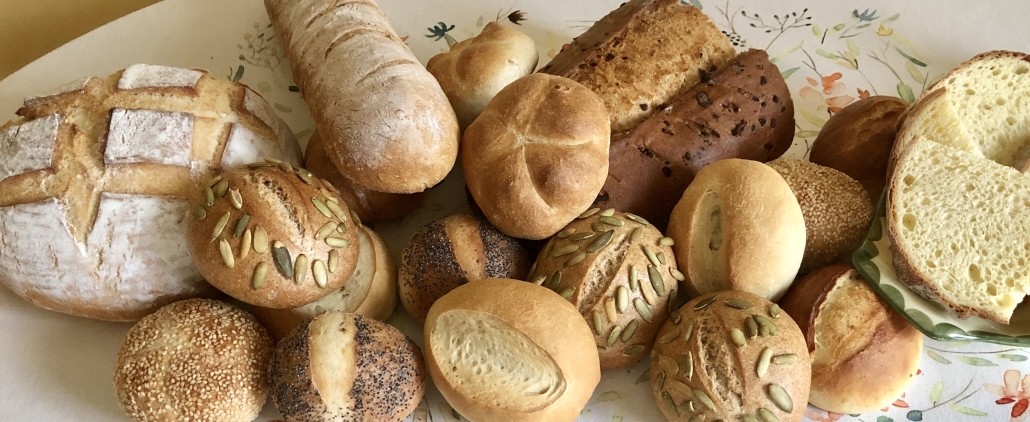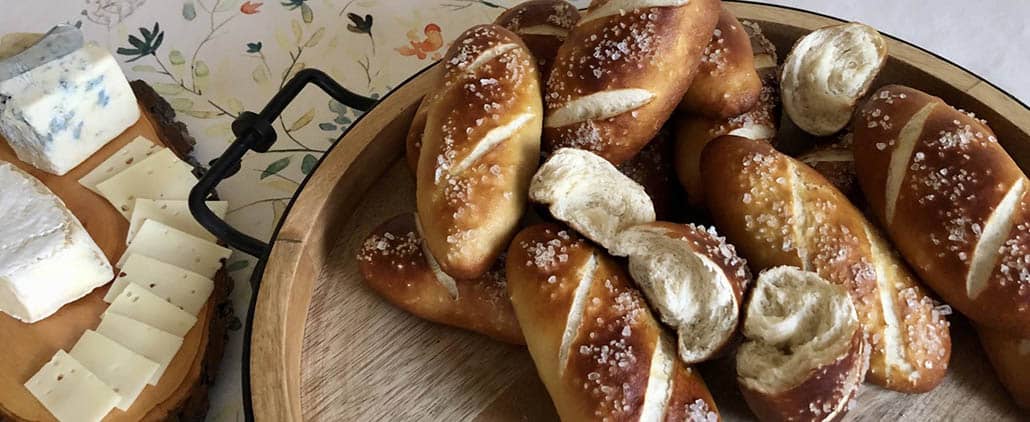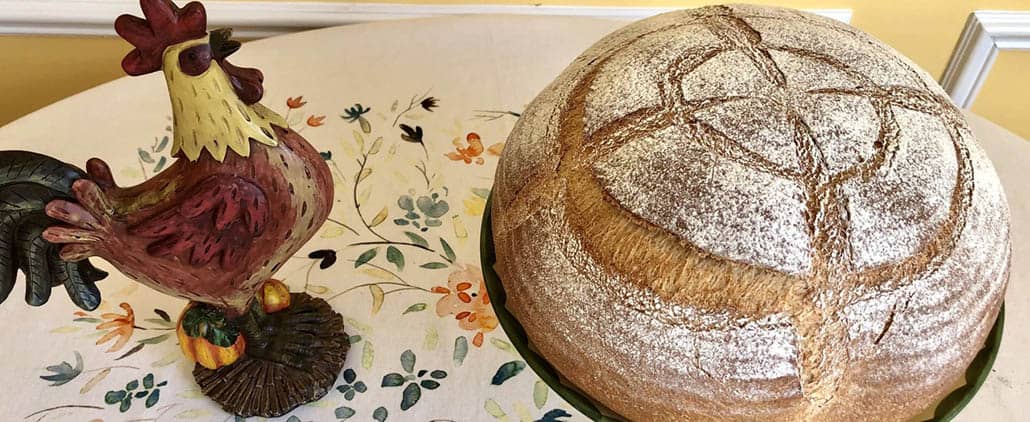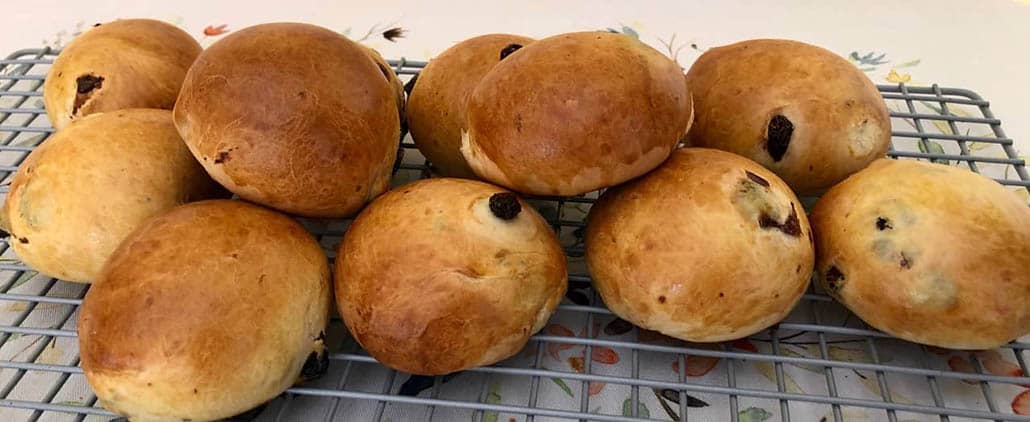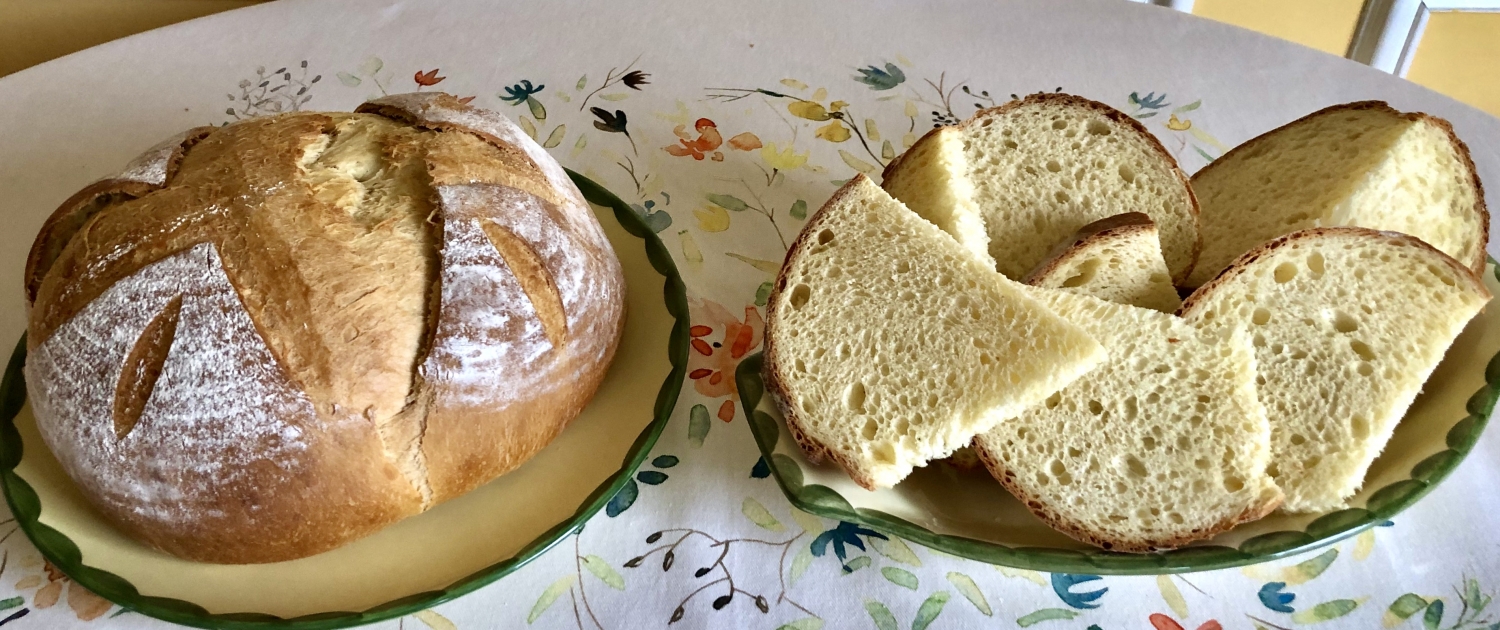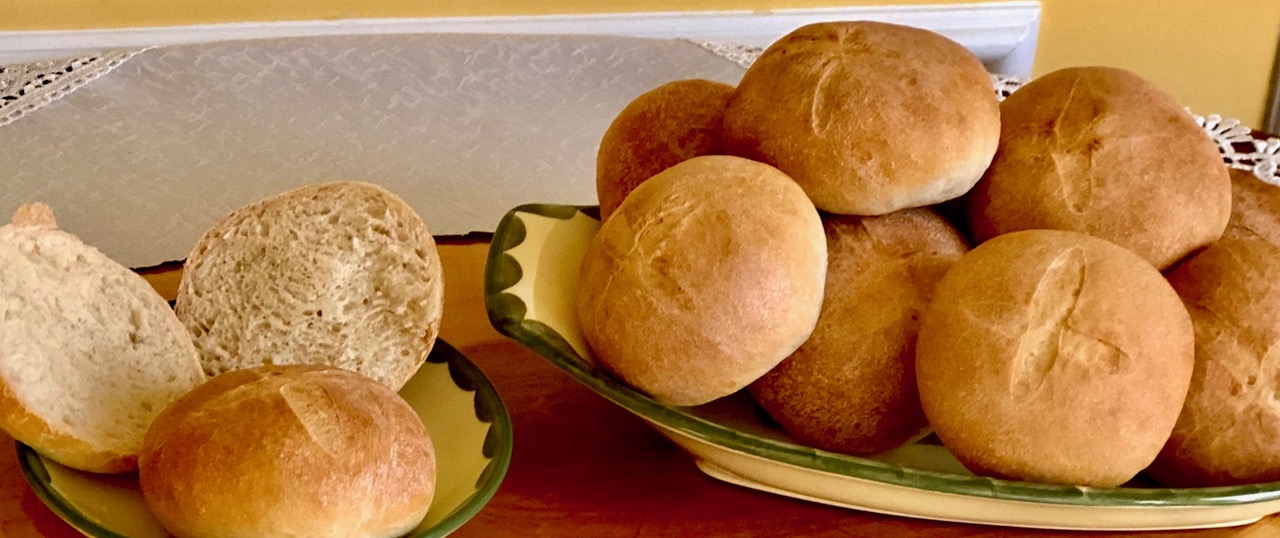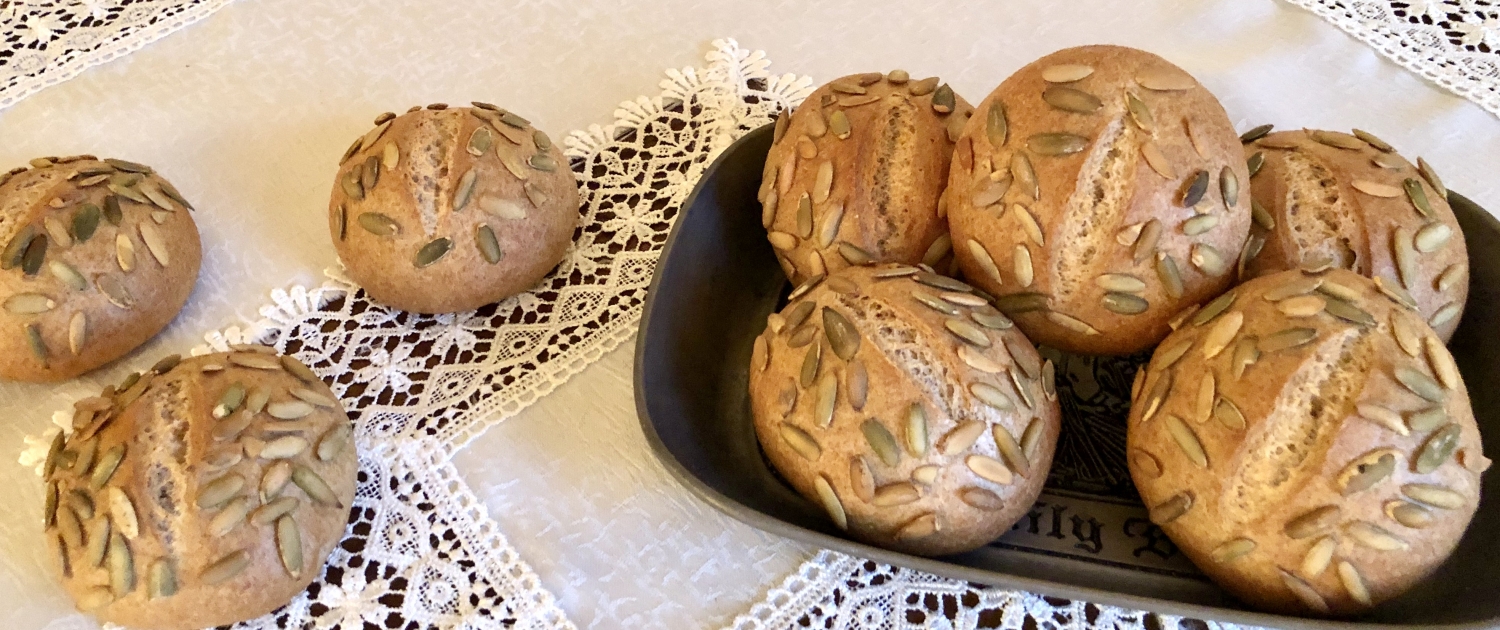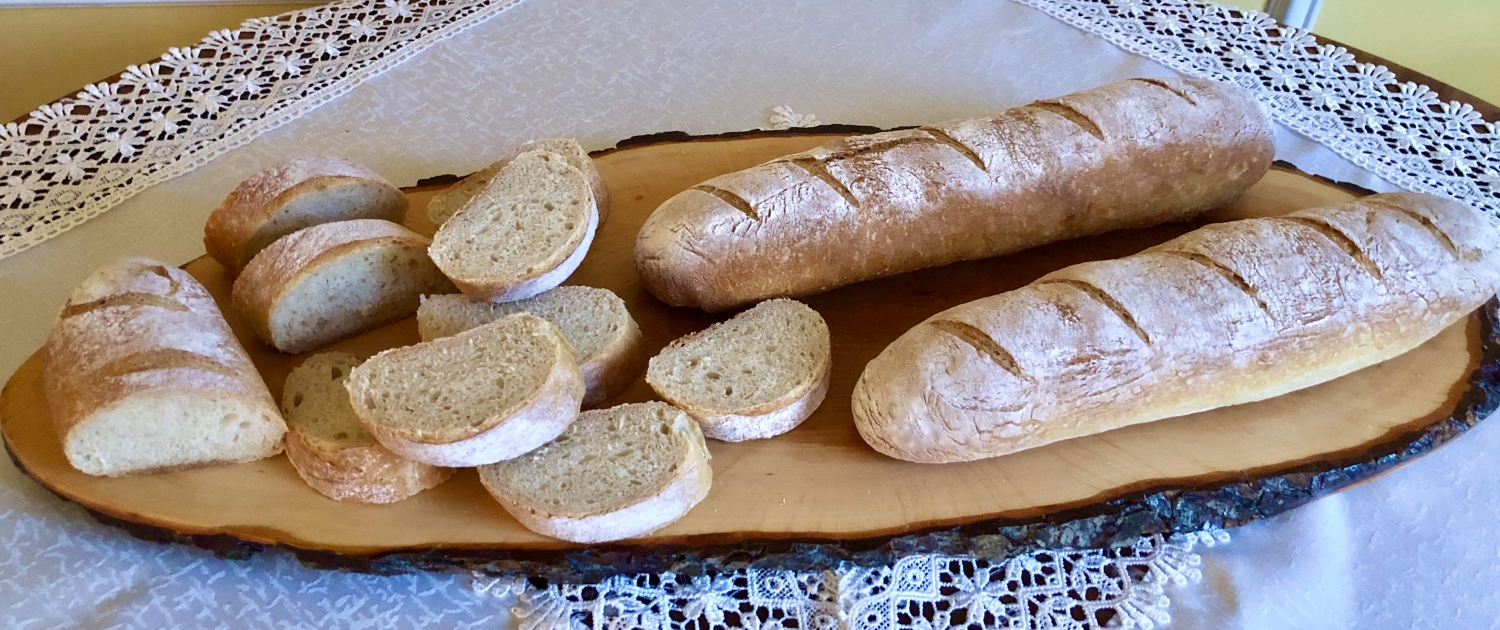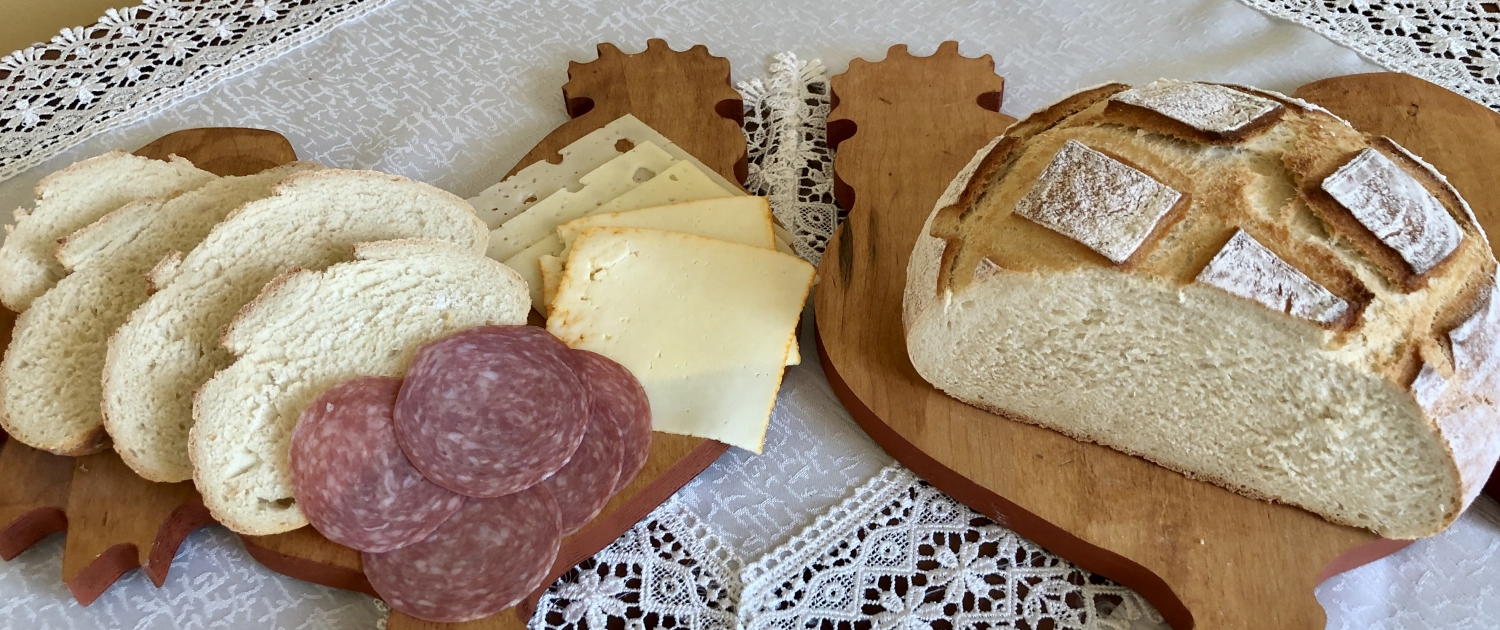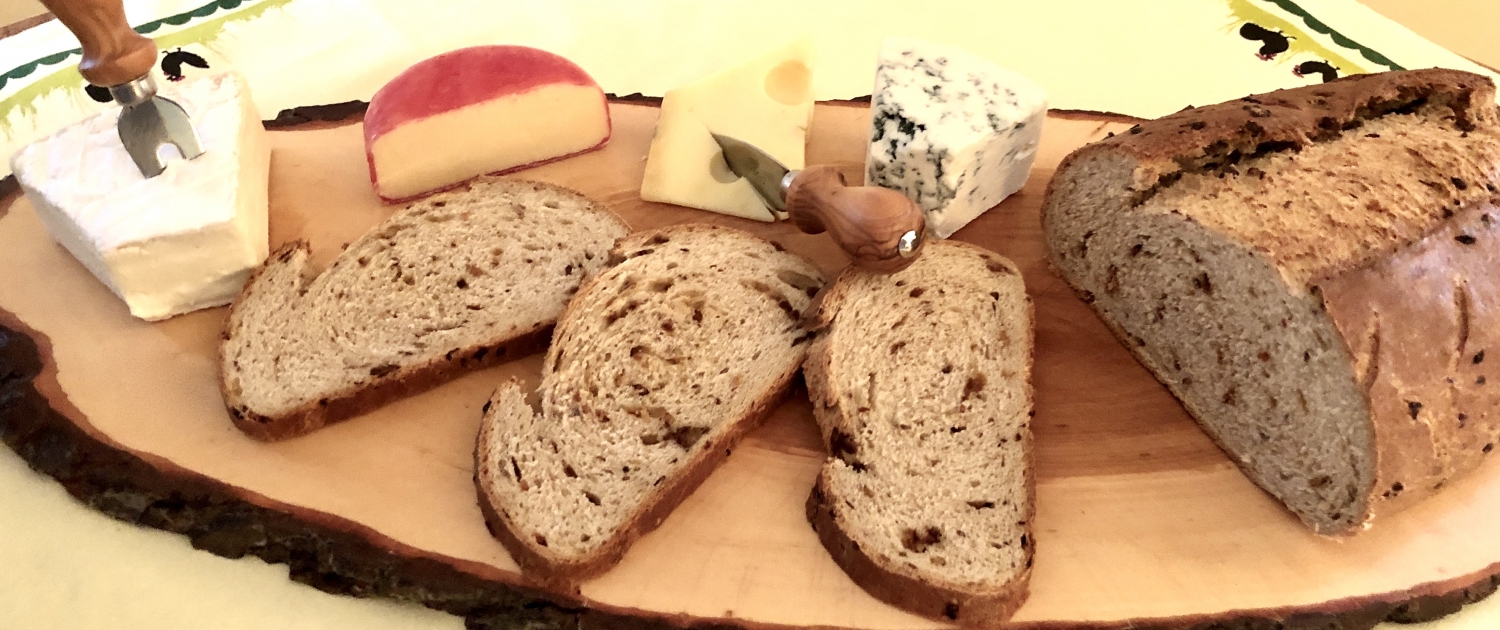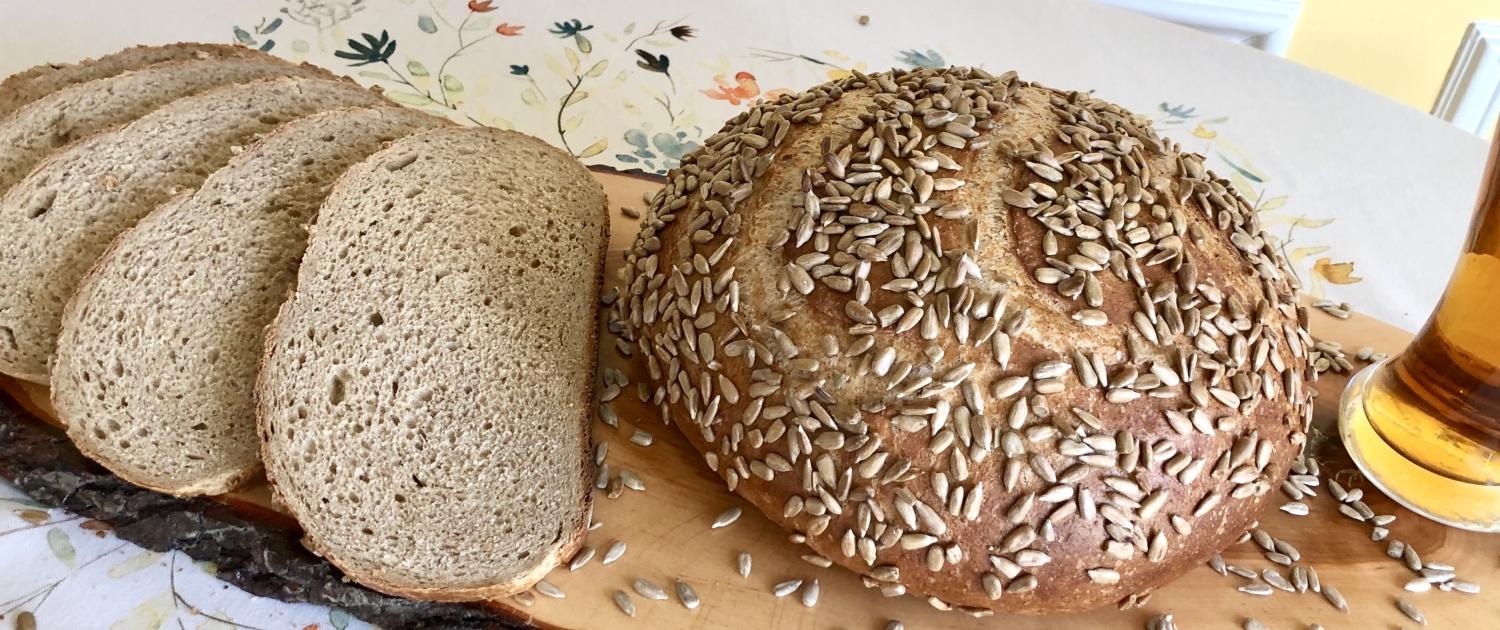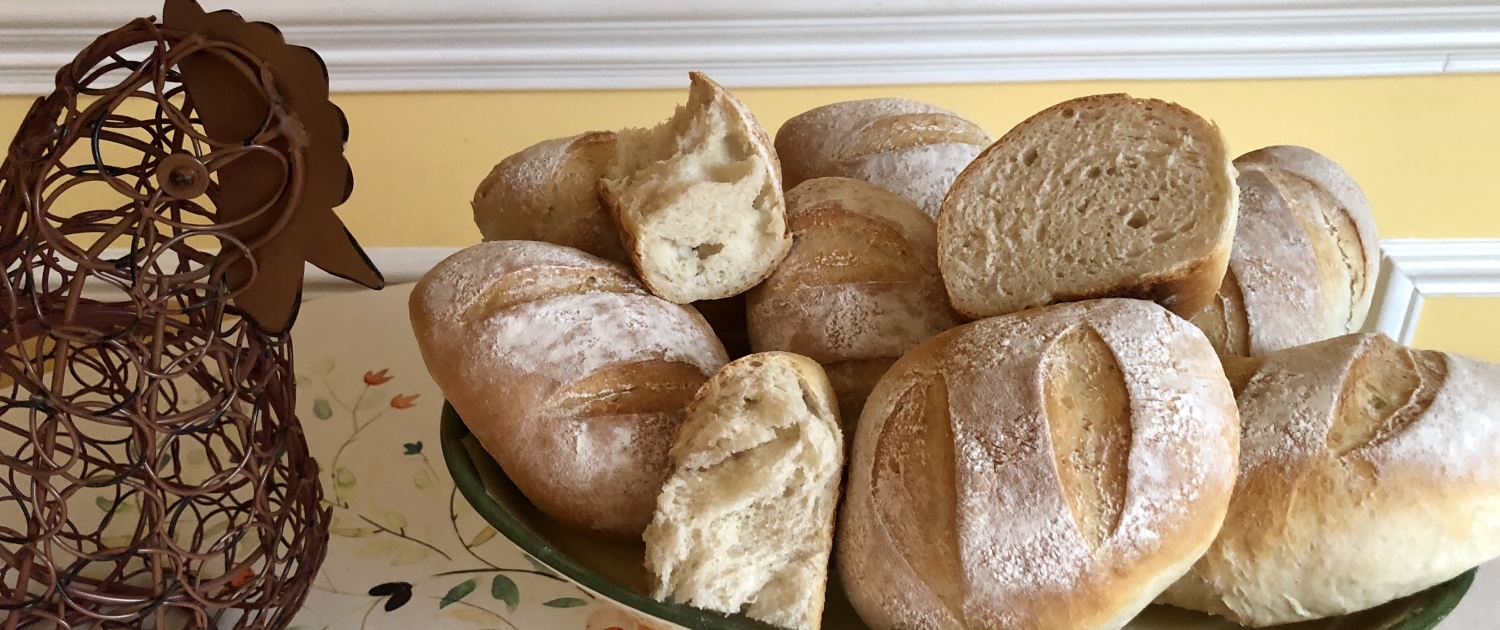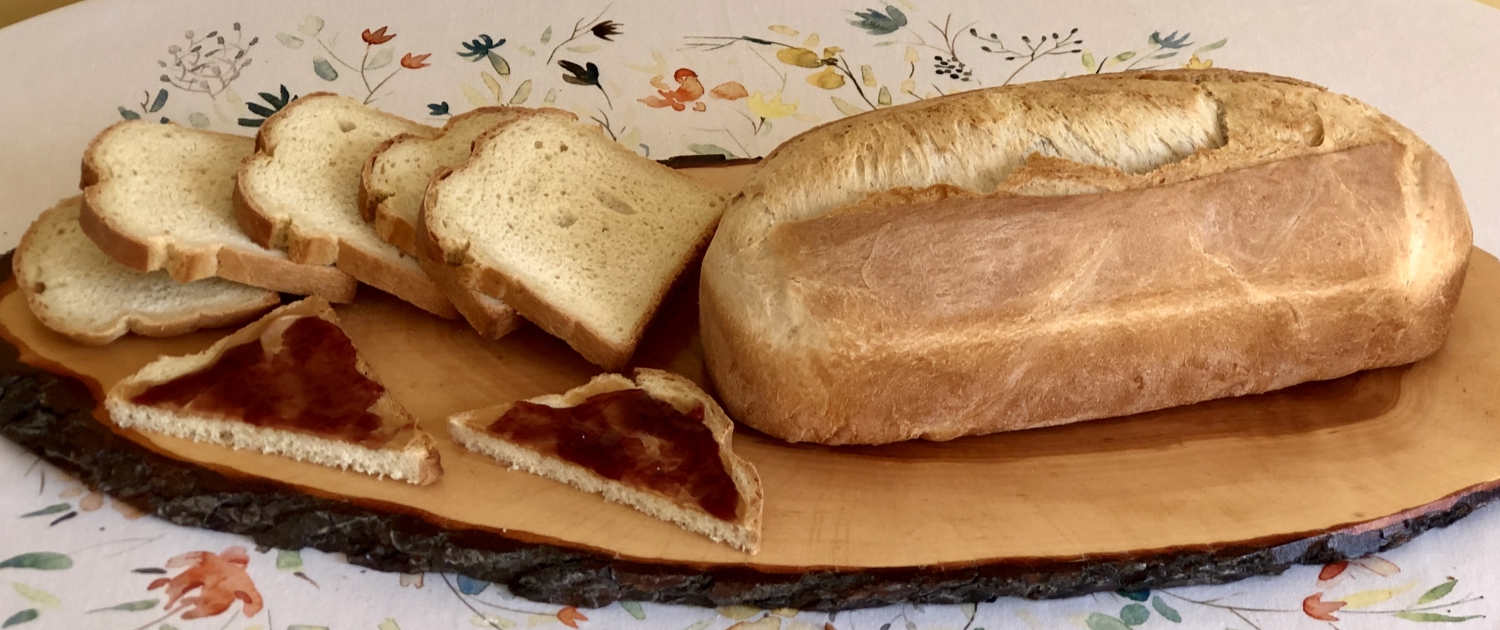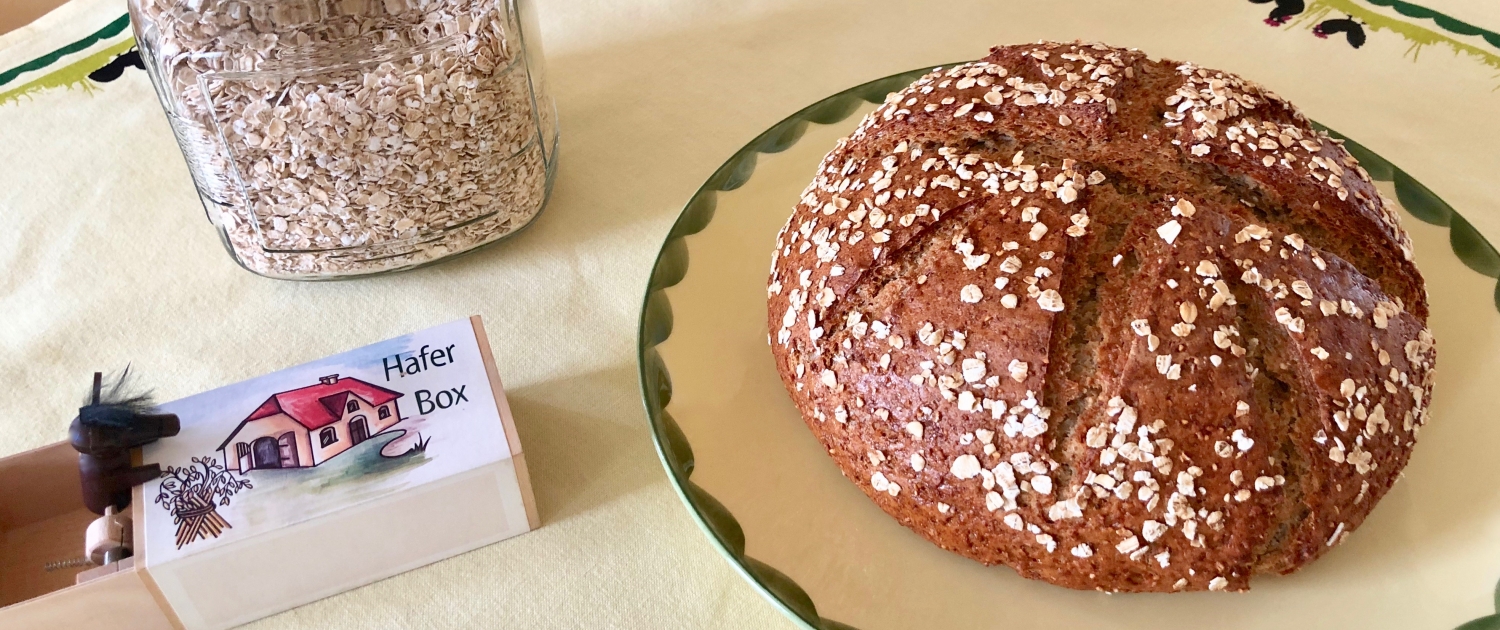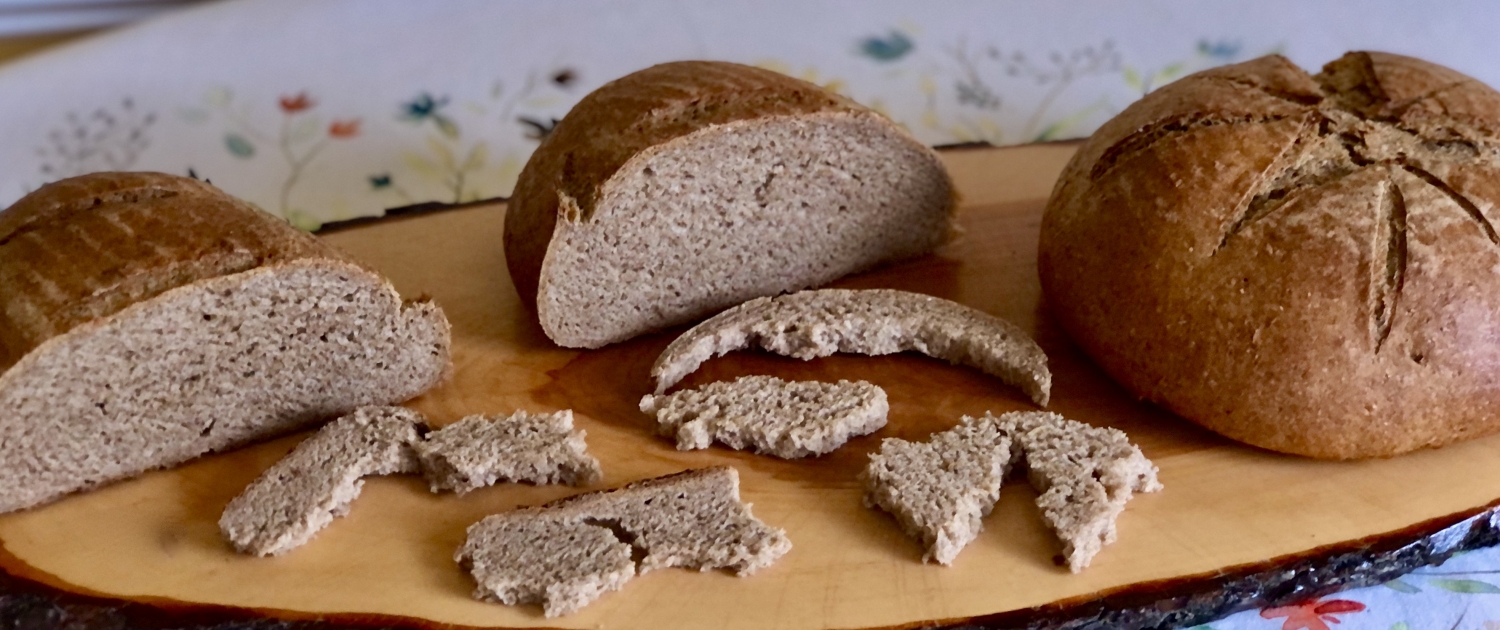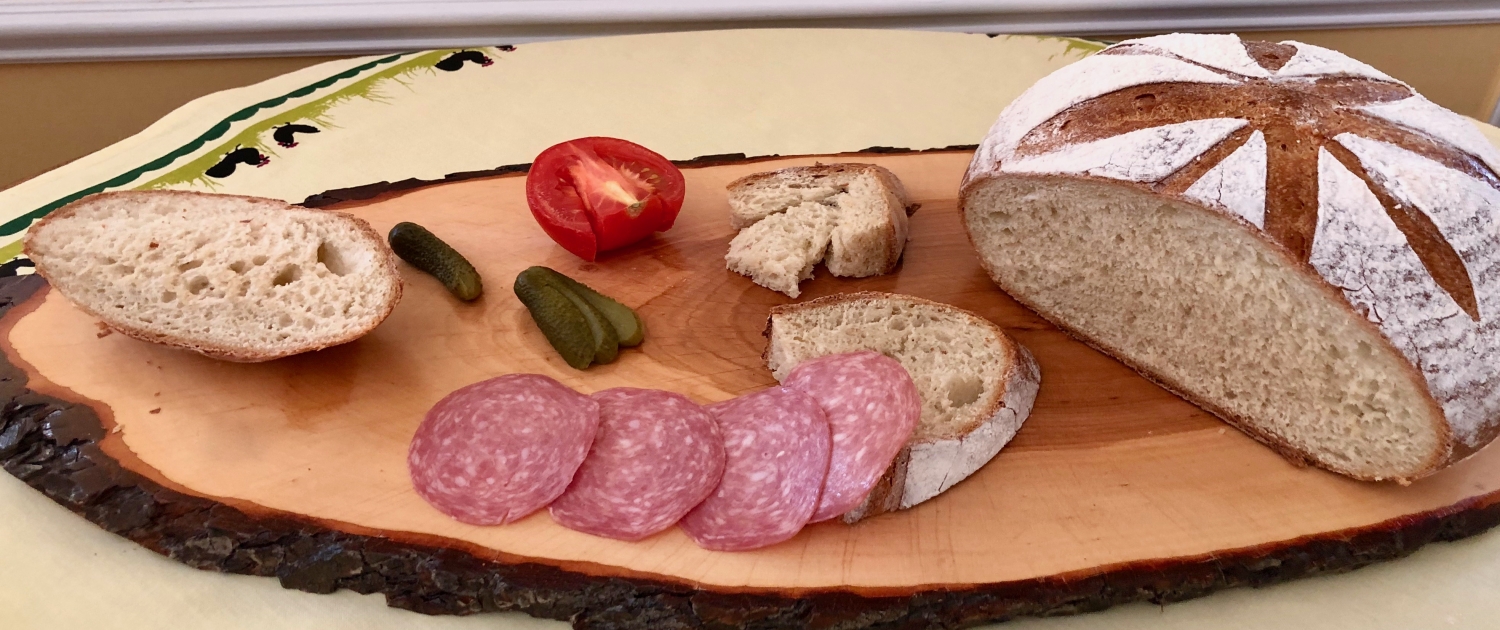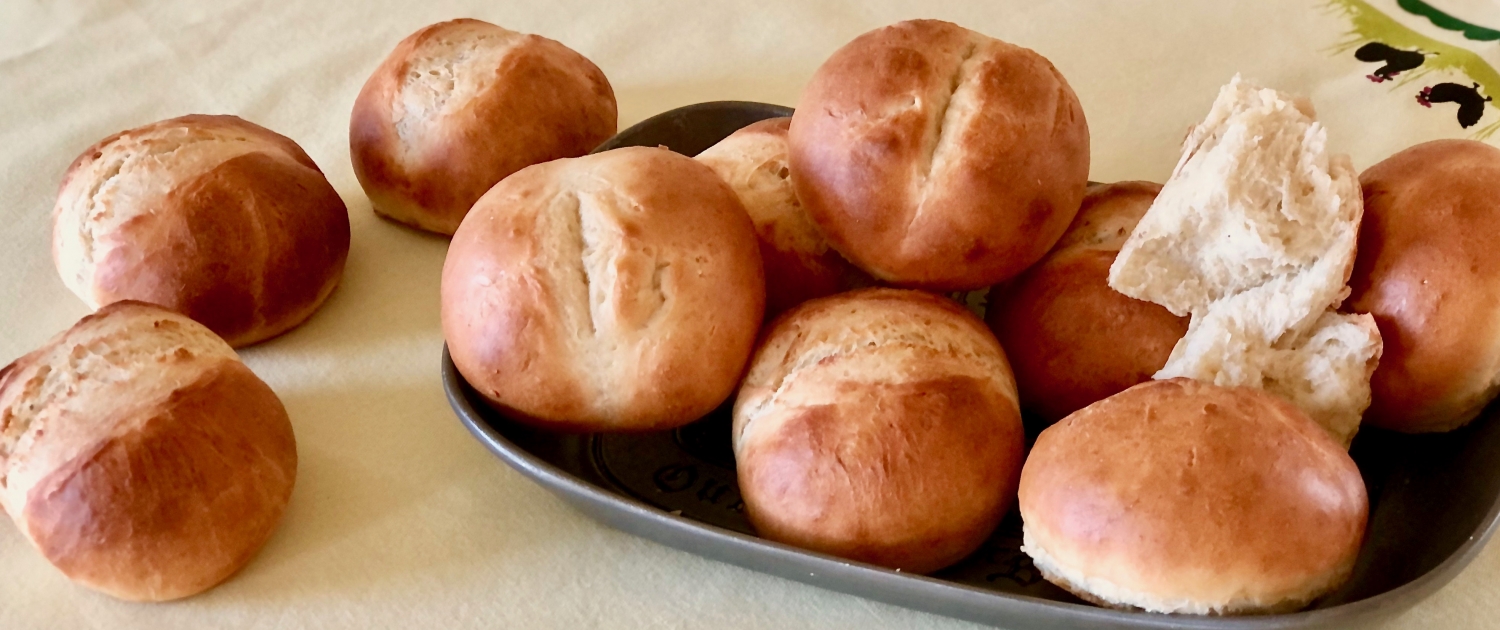German Bread and Rolls
Germany has the widest selection of German Bread and Rolls, which is known all over the world. The huge number of grains grown in Germany to make the flour used in the baking are wheat, rye, barley, oats, and spelt. Furthermore, the making of bread depends on the ingredients used, how to work the dough, and the rising of the dough. Bread is part of German culture and was declared to a World Heritage in 2014 by UNESCO.
Baking German Bread and Rolls with Oma:
Trying to make bread and rolls compared to the ones in Germany was not an easy task and involved much research. The flour in the States is just not the same as in Germany, meaning I had to find comparable or experiment with mixtures to get close enough to the result of German flour. Looking at the baked product, the efforts I put into this kind of work was worth it.
Read More...
Gadgets and Tools to make German Bread and Rolls:
Using the right set of gadgets and tools makes the preparation and the baking of the dough easier:
- stand mixer or handheld mixer with kneading hooks
- kitchen scale
- silicone baking mat
- rolling pin
- bread dough basket, to let the bread rise a second time into its shape
- hand press sifter or fine-meshed wire sieve
- bread slashing tool (razor blade with handle) or sharp knife to make the cuts into the bread
- stainless steel or plastic dough scraper
Basic ingredients for the dough:
Flour, salt, sugar, water, and yeast are the basic ingredients for the bread dough. Furthermore, using different kinds of flour, a mixture of flour, spices, vinegar, oil, molasses, seeds, and bakers’ secret ingredient – diastatic malt powder – gives the bread a particular taste.
Yeast and sourdough cultures are leavening agents. I use and prefer instant dry yeast rapid rise in my recipes because I can immediately add it to the flour mixture without making a starter or pre-dough.
Techniques of working the dough:
The length and intensity of kneading the dough are very important. The best method to knead the dough is to use first a stand mixer and after the first rising of the dough using the hands. The dough has different textures, depending on the flour and amount of liquids used, making it necessary to flour the surface and the hands lightly.
Shaping and baking of the bread or rolls:
Kneading, rolling, folding, and stretching brings the dough into the shape of bread and rolls. Each recipe shows the technique I used. To control the opening of the bread in unexpected areas during baking time, I cut them on the top. The pattern of the crust on top of the bread is depending on how deep the cut is. To brush the bread with water, a mixture of water and potato starch, or a mix of egg white and water, changes the crust’s look.
While preheating the oven, I already place a heat-resistant pot filled with water on the bottom of the oven too. It creates steam so that the surface of the loaf remains moist and expands easily. I remove the water for some bread and rolls after a few minutes of baking time; for others, especially rolls, I leave the water in the oven for the whole baking time.
Altitude:
The baking recipes and oven temperature are affected by an altitude of 2500 and more feet. The yeast rises faster, and the drier air makes the flour drier. As a result, the recipes and baking temperature need adjustment.
Summary:
The homemade bread and rolls’ outcome depends on ingredients used, kneading, folding, rising of the dough, the oven’s temperature, time of baking, and the steam created in the oven.

